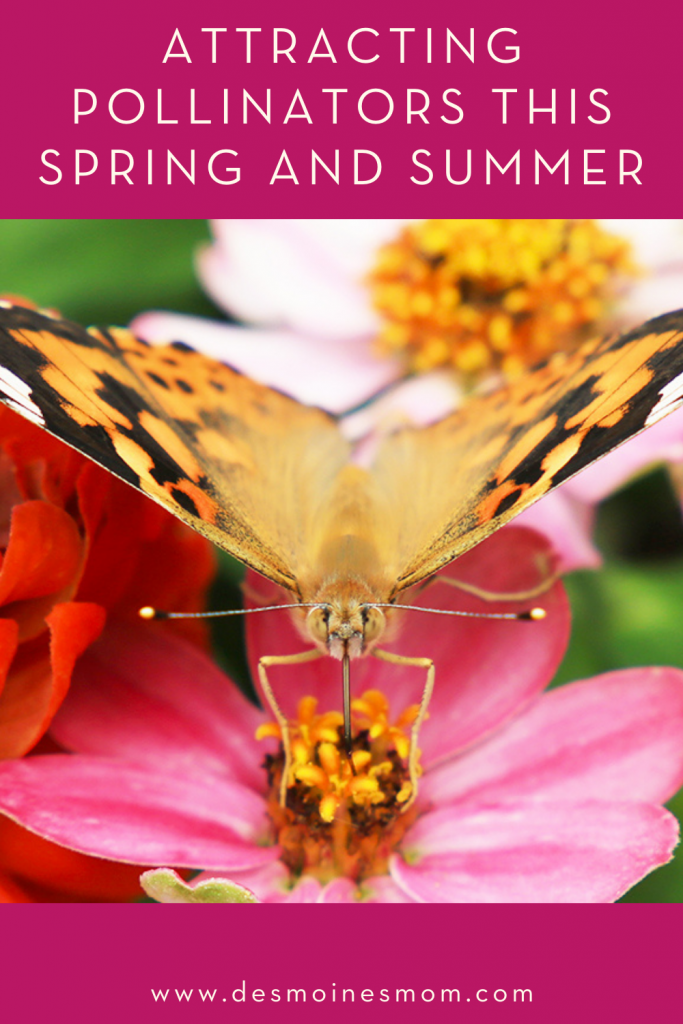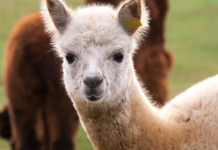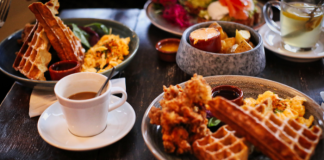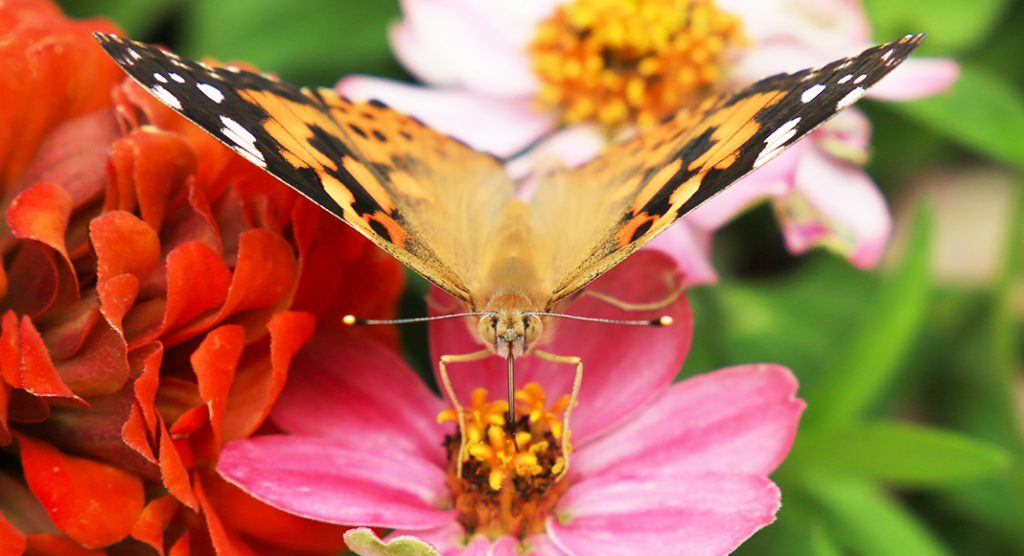 Have you been thinking about our pollinator friends as you make plans for your garden, landscape and outdoor spaces? As concern for pollinators increases, so does the demand for pollinator-attracting plants. Creating a back yard habitat for these pollinators to thrive in is good for them, good for the environment and a fun activity for all ages.
Have you been thinking about our pollinator friends as you make plans for your garden, landscape and outdoor spaces? As concern for pollinators increases, so does the demand for pollinator-attracting plants. Creating a back yard habitat for these pollinators to thrive in is good for them, good for the environment and a fun activity for all ages.
Pollinating insects are responsible for every 3rd bite of food we eat, and 75% of all plants require animals for pollination. Pollinators are as important to a plant’s health and well-being as the right amount of light, water and nutrients.
The Basics
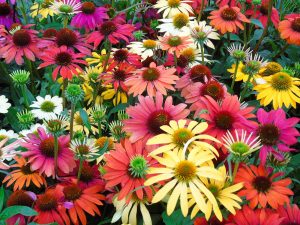 Pollinators need food, shelter and water to survive, just like us. Flowering plants like Russian sage, coneflowers and catmint will bring the bees, while butterflies are attracted to petunias, lantana and milkweed. These plants provide nectar and food for our flying friends. Shrubs and grasses are perfect for providing much needed shelter against predators. Make sure to have a water source like a shallow bowl or bird bath.
Pollinators need food, shelter and water to survive, just like us. Flowering plants like Russian sage, coneflowers and catmint will bring the bees, while butterflies are attracted to petunias, lantana and milkweed. These plants provide nectar and food for our flying friends. Shrubs and grasses are perfect for providing much needed shelter against predators. Make sure to have a water source like a shallow bowl or bird bath.
Keep the Color All Season
Consider varying bloom times when planning your design. Choosing plants that bloom at different or multiple times in a season not only keeps your look fresh, but also keeps the bees, butterflies and hummingbirds from having to leave to search for another food source.
Plant Perennials
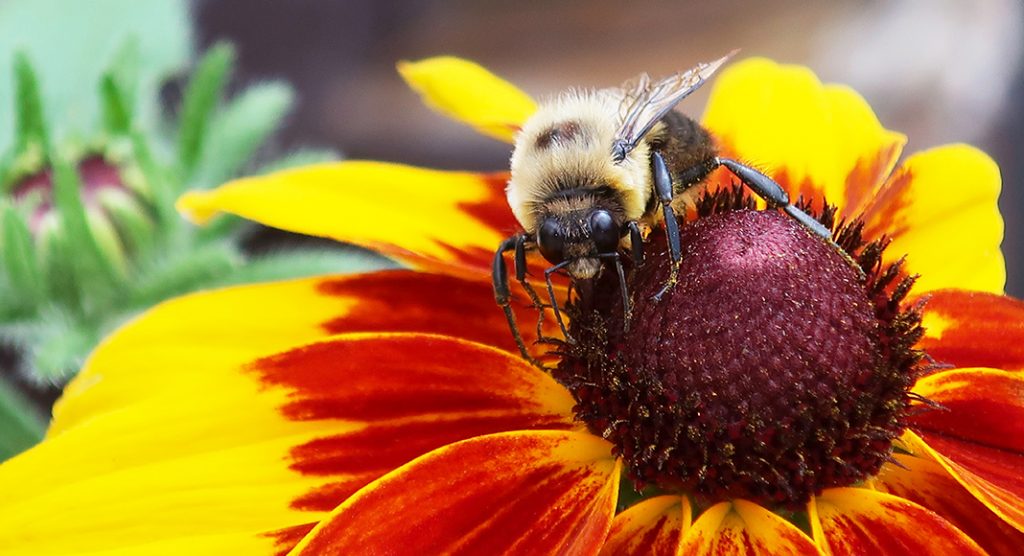 Perennials are easy to maintain and varying growth can shade or hide weeds. Phlox, salvia, butterfly bush, asters and bee balm will add depth, color and height. These plants require little maintenance and will come back bigger and better each year. A few other varieties of plants for pollinators include coreopsis, milkweed, marigolds, zinnias and black-eyed Susan.
Perennials are easy to maintain and varying growth can shade or hide weeds. Phlox, salvia, butterfly bush, asters and bee balm will add depth, color and height. These plants require little maintenance and will come back bigger and better each year. A few other varieties of plants for pollinators include coreopsis, milkweed, marigolds, zinnias and black-eyed Susan.
Keep Hummingbirds Coming Back Too
Hummingbirds are a fascinating creature to watch and will come amazingly close to you for a quick sip of nectar. Position a feeder with lots of nectar outside a window or close to your deck so you and your family can enjoy the view! Hummingbirds flap their wings 60 times per second and that takes a LOT of energy. They need this sugar solution to fuel their high energy lifestyle.
When choosing plants to attract a hummingbird, be sure to use a variety of plants with staggered bloom times throughout the season so they will visit you all summer. Annual flowers like petunias and zinnias will bloom for a long time once they get started but it’s always a good idea to have some perennials like coral bells, hostas and in your landscape as well.
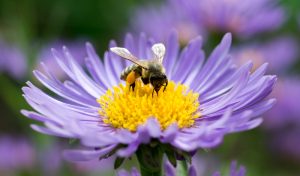
No Space? No Problem!
You don’t have to have a large area to attract pollinators. Whether it’s a few plants in the backyard or a container garden on the patio, every little bit helps! Some beautiful annuals in a cute container are all you need to make a great pollinator habitat.
Once you commit to adding a few plants into your landscape, these friendly pollinators will become frequent visitors. The butterflies, bees and hummingbirds will thank you!
Connect with Earl May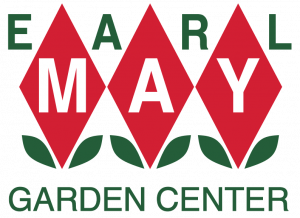
Online
Find a Store near you
Facebook
Instagram
Pinterest
YouTube
This article is part of series of sponsored posts by Earl May Garden Center
4 Benefits of Gardening and Planting
Late Fall Lawn & Landscape Tips
Lawn and Planting Tips for the Fall









